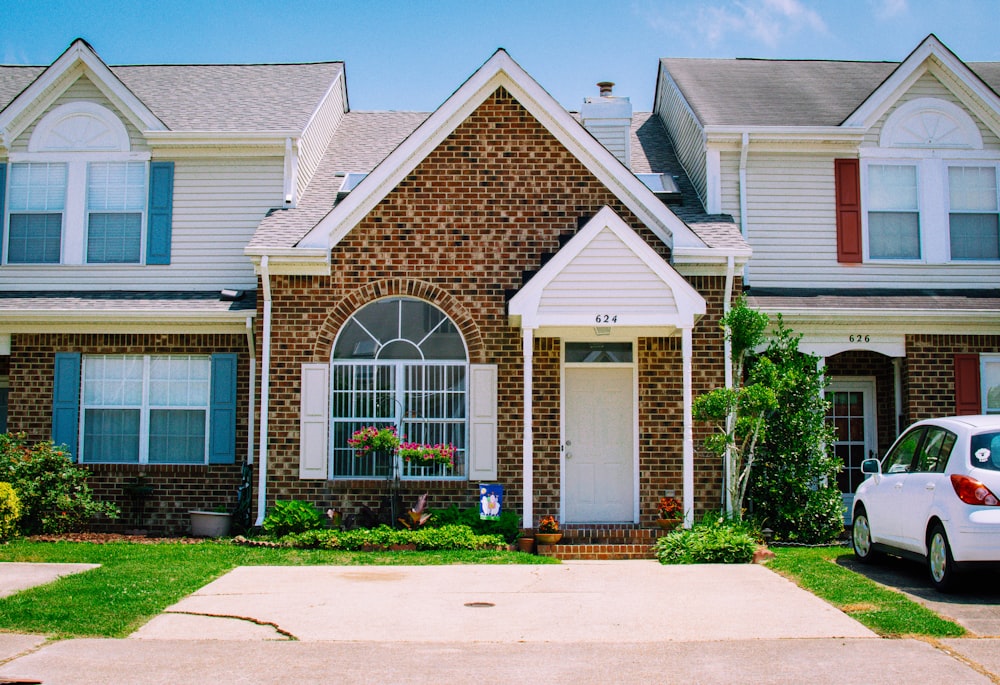Do you notice water stains in many different areas of your roof? After examining your roof closely, have you noticed any missing or damaged tiles?
The time has come to hire a roof restoration contractor. But how do you know if you found the right person for the job?
Leaky roofs are no joke. They can eventually lead to damp, musty, or moldy and rotted interior walls and ceilings.
The following nine questions can help you find the most qualified professional. They’ll take care of your roof restoration needs in no time.
1. Are You Licensed and Insured?
It is important to ask your roof restoration services about their license and insurance before choosing them. A trustworthy contractor should have all of the licenses and permits that local officials need for them to work legally.
Getting a license shows they have made certain standards, undergone the necessary training, and know about building codes and rules. Also, as a landlord, you need insurance to protect yourself. It should have both workers’ compensation and general liability insurance.

2. How Many Years of Experience Do You Have in Roof Restoration?
To ensure your roof maintenance goes well, you need to know how much experience the contractor has. You should look for a contractor with a good track record and knowledge of projects like yours.
Contractors with a lot of experience have seen many roofing problems and know how to deal with them. They are likely to know more about the different roofing materials and how to use them, which can lead to better work and a longer-running roof.
3. Can You Provide References or Testimonials From Previous Clients?
Requesting references or testimonials from previous clients is an excellent way to gain insight into the contractor’s reliability and the overall satisfaction of their customers. A reputable contractor should be more than willing to share this information with you.
Take the time to contact these references and ask about their experience working with the contractor. Inquire about the quality of work, adherence to timelines, communication, and overall professionalism.
Positive references are a good sign that the contractor is dependable and trustworthy, while negative feedback may serve as a red flag and prompt you to explore other options. If you are having trouble finding a reputable and trusted company, you can check this page on roofing contractors.
4. What Type of Roofing Materials Do You Work With?
Roofs can be made of asphalt shingles, metal, tiles, or wood shakes, among other things. It’s important to make sure that the builder you choose has worked with the kind of roofing material you already have or plan to use.
Different materials need different ways to put and fix them up, and an experienced contractor will know how to handle the differences between them. They can also advise you on the best roofing material for your climate, your price, and how you want it to look.
5. Do You Offer a Written Estimate, and Is It Detailed?
A written estimate is a crucial document that outlines the scope of work and associated costs for your roof restoration project. Reputable contractors should provide a detailed written estimate, itemizing the various components of the job, including materials, labor, disposal fees, and other expenses. This transparency helps you understand the breakdown of costs and ensures that both parties agree regarding the project’s scope.
6. Will You Conduct a Thorough Inspection Before Providing the Estimate?
Before fixing a roof, it is important to do a full inspection. An experienced contractor should fully evaluate your roof’s state to find problems, predict problems, and figure out how much work needs to be done. By closely looking at your roof, they can give you a more accurate and personalized quote, which will help you avoid surprises and extra costs in the future.
During the review, a good contractor will look for signs of damage, leaks, weak spots, and any underlying problems that could affect the restoration process. This evaluation lets the contractor develop a good plan and give you an accurate quote that fits your roof’s needs.
7. What Is Your Process for Roof Restoration, and How Long Will It Take?
Understanding the contractor’s process for roof restoration is crucial for setting expectations and planning accordingly. A reputable contractor should be able to outline the steps involved in the restoration process, from the initial inspection and preparation to the actual restoration work and final clean-up. They should be able to explain their techniques to address issues such as leaks, damaged shingles, or structural problems.
Additionally, ask about the estimated timeline for the project. While some factors, like weather conditions, can influence the schedule, a knowledgeable contractor should be able to provide a reasonable estimate of the project’s duration.

8. Do You Offer Any Warranties or Guarantees on Your Work?
Roof repair companies with a good reputation usually offer warranties or guarantees on their work and materials. These warranties give you peace of mind and show that the builder is sure they can do a good job restoring your home. Determining how long the guarantee lasts and what it covers is important.
Depending on the contractor and the job size, workmanship guarantees usually last anywhere from one to ten years. On the other hand, material warranties are usually made by the manufacturer and can vary depending on the type of roofing materials chosen.
9. How Do You Handle Unexpected Issues or Changes During the Project?
During roof restoration jobs, problems that weren’t obvious during the first inspection can sometimes be found. It’s important to ask the provider how they handle these problems and how they inform you about changes or extra costs.
A dependable contractor should have enough experience to know what problems might come up and have plans for how to deal with them. If changes or problems that weren’t expected come up during the project, they should talk to you about it openly and honestly, explaining what’s going on and giving you good answers.
Discover the Perfect Roof Restoration Partner
Your roof restoration is an important job, so it’s important to ask the right questions of the company you hire to do it. Make sure they have been in business for a while, have a license, are insured, use good products, and follow industry standards.
Contact roofing services today and get informed to ensure your project is completed efficiently and correctly.
Was this article helpful to you? If so, make sure to check out our blog for more useful information and resources.














